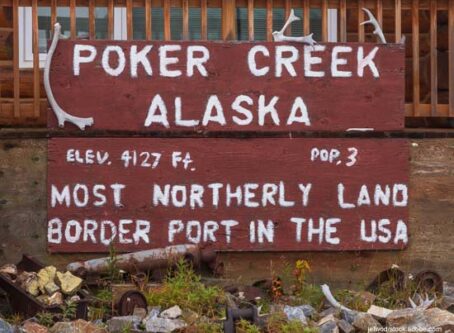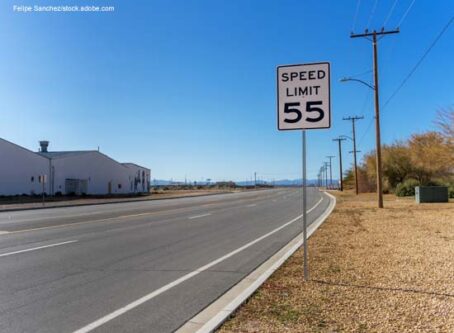North Dakota addresses trucking issues in State Freight and Rail Plan
North Dakota recently released its State Freight and Rail Plan, which includes several items specific to trucking.
According to North Dakota Department of Transportation documents, the North Dakota State Freight and Rail Plan provides a foundation for understanding freight and rail issues affecting the state and proposing solutions to improving freight efficiency, reliability and safety. The plan supports Transportation Connection, North Dakota’s long-range transportation plan, and is consistent with NDDOT’s emphasis on transportation asset management.
Included in the plan are long-term efforts to improve the availability of truck parking. Truck parking facilities are primarily concentrated along Interstate 94, Interstate 29, and U.S. 2. The largest concentration of truck parking capacity is in the Fargo-Moorhead region.
When it comes to truck parking, North Dakota will “uphold expectation that the private sector will continue to lead development of truck parking spaces,” according to the State Freight and Rail Plan. The vast majority of truck parking spaces in the state (95%) are provided by the private sector.
Truck crashes in certain areas also are intended to be addressed. The plan calls for the creation of a task force to address truck-related crashes in the oil-producing region and in particular the counties of Williams, Mountrail, McKenzie and Dunn.
North Dakota also expects to address bridges with low clearances. Specifically, NDDOT plans to explore adopting a vertical clearance policy for truck-heavy routes with an 18 feet 6 inches clearance. The state may also consider installing overheight detection and alert systems at bridges that are regularly struck.
Zero-emission trucks are addressed in North Dakota’s freight plan as well.
With the increased adoption of zero-emission trucks, the state will support the development and implementation of charging infrastructure. For long-haul applications, the state will look into alternative fueling infrastructure, such as hydrogen fueling stations.
“North Dakota’s future is strongly dependent on the movement of goods and commodities to regional, national, and global markets to support jobs and our quality of life,” NDDOT Director Ron Henke said in a statement. “This plan provides the foundation to guide us in making informed decisions to improve freight movement today and for tomorrow.”
According to the State Freight and Rail Plan, there are 18 highway border crossings on the 310-mile North Dakota-Canada border. Three crossings (Portal, Dunseith, and Pembina) account for 88% of the total truck crossing activity.
From 2017 to 2020, the total crash rate of trucks observed on North Dakota corridors was approximately 11 crashes per 100 million vehicles miles traveled. This is lower than the national average of crash rates per 100 million vehicles miles traveled of 17.8 crashes. Most truck crashes in North Dakota (up to 76.2%) resulted in property damage. Only 6.5% of truck crashes during the four-year period resulted in a fatality or an incapacitating injury. A truck crash does not indicate that a truck is at fault in a crash, but only that it was involved. LL









